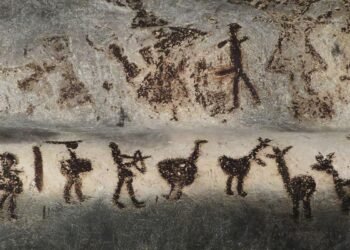Archaeologists have uncovered a remarkable site in the Alsace region of northeastern France, revealing over 6,000 years of human activity beneath a field in Pfulgriesheim. The excavation, conducted ahead of urban development plans, has unearthed a complex history of settlements, burial practices, and agriculture dating from the Late Neolithic period to the 20th century.
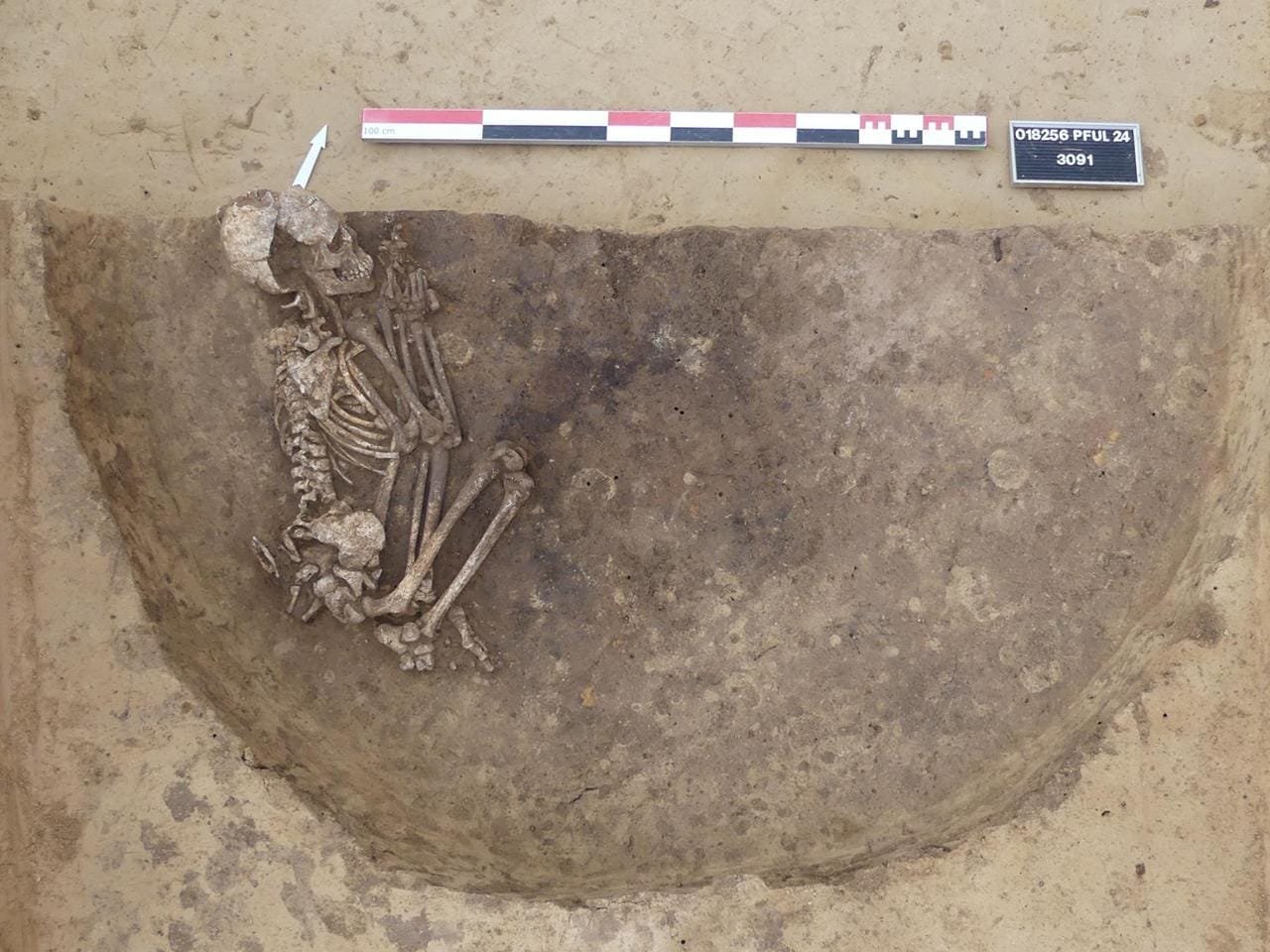
The site spans 5.5 hectares on a loess hill between the Souffel and Leisbach rivers. The French National Institute for Preventive Archaeological Research (INRAP), which has led the excavation since 2022, has identified more than 1,000 structures, including storage silos, hunting installations, and funerary monuments, spanning various historical periods.
One of the most significant discoveries dates back to the Late Neolithic (4000–3400 BCE), when the site was home to a complex system of large silos dug into the loess soil. These silos, some as deep as 2 meters, were used to store food and resources, according to researchers. The silos were grouped in clusters a few meters apart, and though no associated buildings have been found, evidence of large amounts of burnt adobe in some silos suggests the presence of nearby structures. “The presence of burnt daub, weighing nearly half a ton in some cases, points to the possibility of dwellings nearby,” said INRAP in a press release.
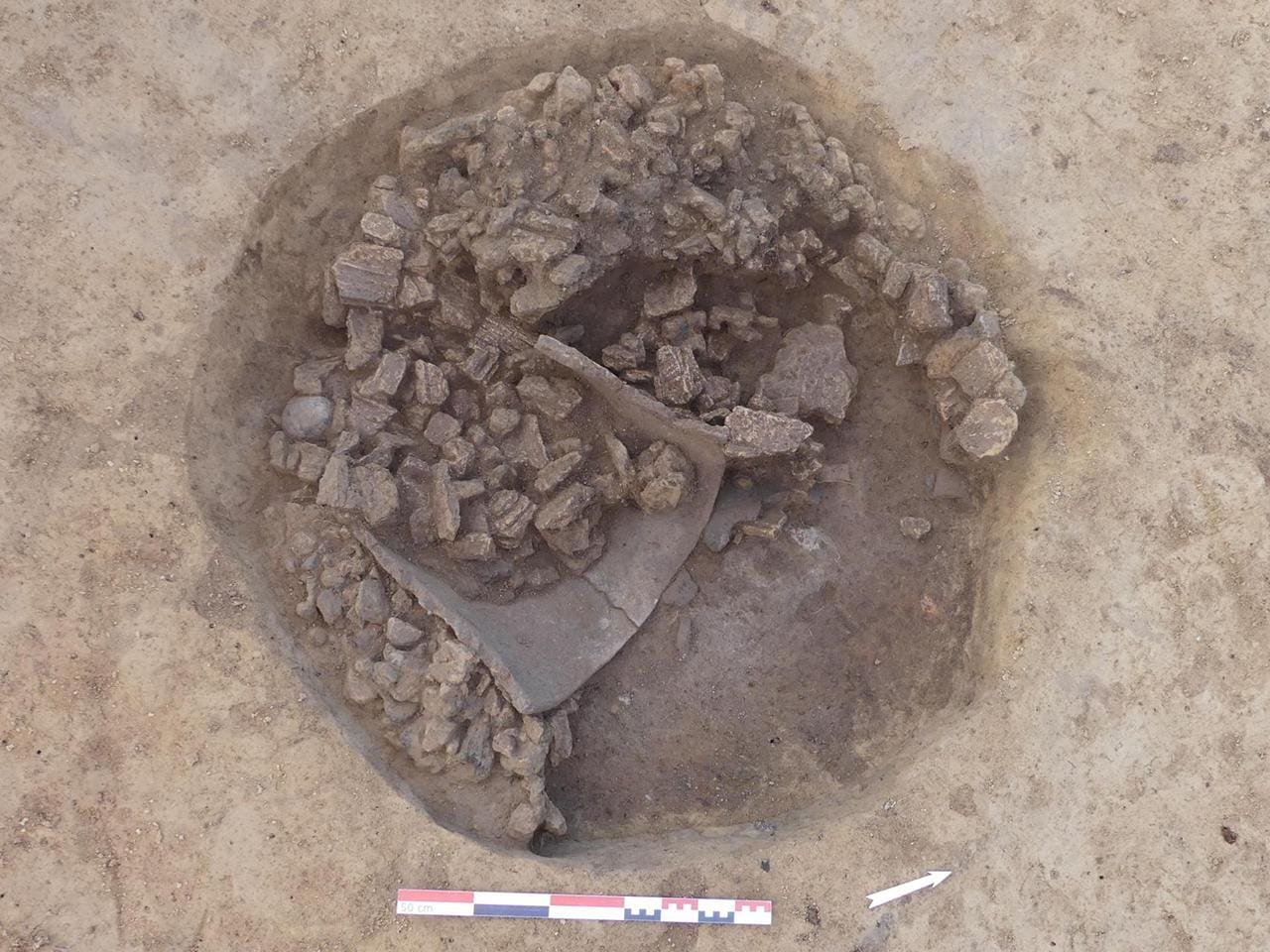
Burial practices from this period were also uncovered. In a pattern observed in other parts of Alsace, some of the silos contained burials, where human remains were placed in circular pits. The precise dating of these burials through carbon-14 analysis and the study of pottery will help archaeologists understand whether these burials occurred during the same period and how the people of the time managed their land.
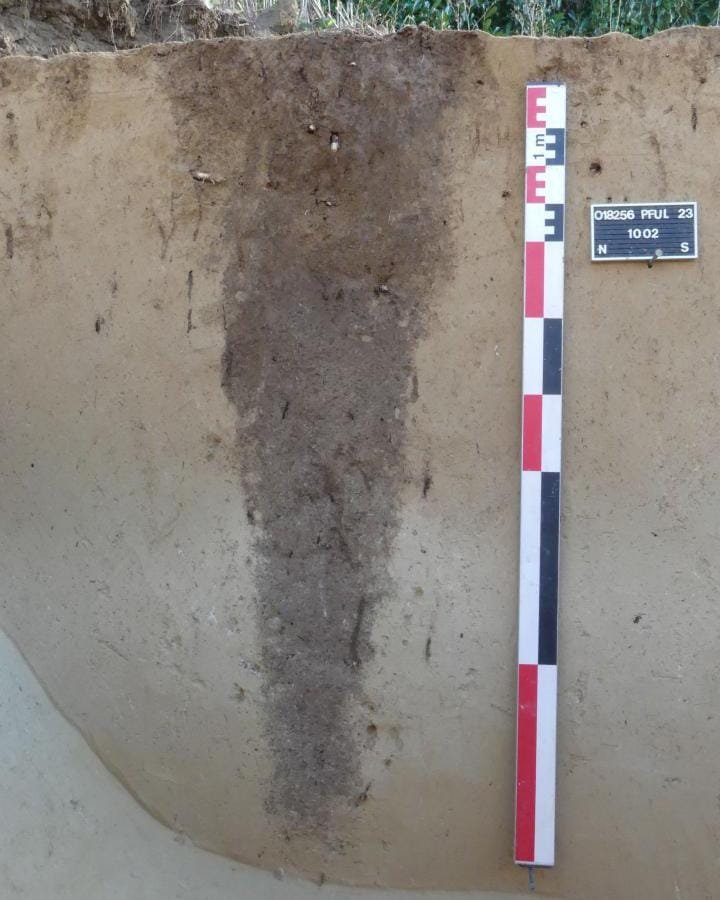
Another intriguing discovery at Pfulgriesheim is a set of about 60 elongated structures, or “clefts,” with a narrow V-, U-, or Y-shaped profile. These structures are arranged in parallel bands, a pattern frequently seen in Neolithic sites in France. While their exact function remains debated, archaeologists hypothesize that they may have been related to hunting activities, though further evidence is needed to confirm this theory.
The site also contains traces of two Iron Age settlements from the La Tène period (480–25 BCE). The first settlement, dating from the early La Tène phase (480–280 BCE), consists of several silos and a square sunken building—a typical structure for the time. The second, later settlement from the late La Tène phase (150–25 BCE), was partially enclosed and likely part of a rural agricultural system connected to nearby farms.
In addition to these ancient findings, the excavation uncovered three circular funerary enclosures from the Early Middle Ages, dating to the 7th century CE. Two of these enclosures were found adjacent to each other, forming a single funerary complex that once held two burials. Only one grave remained intact, containing the skeleton of a man buried with a spur on his left foot, indicating his possible social status. A third enclosure did not contain visible remains but may have originally been a burial within a tumulus that has since eroded.
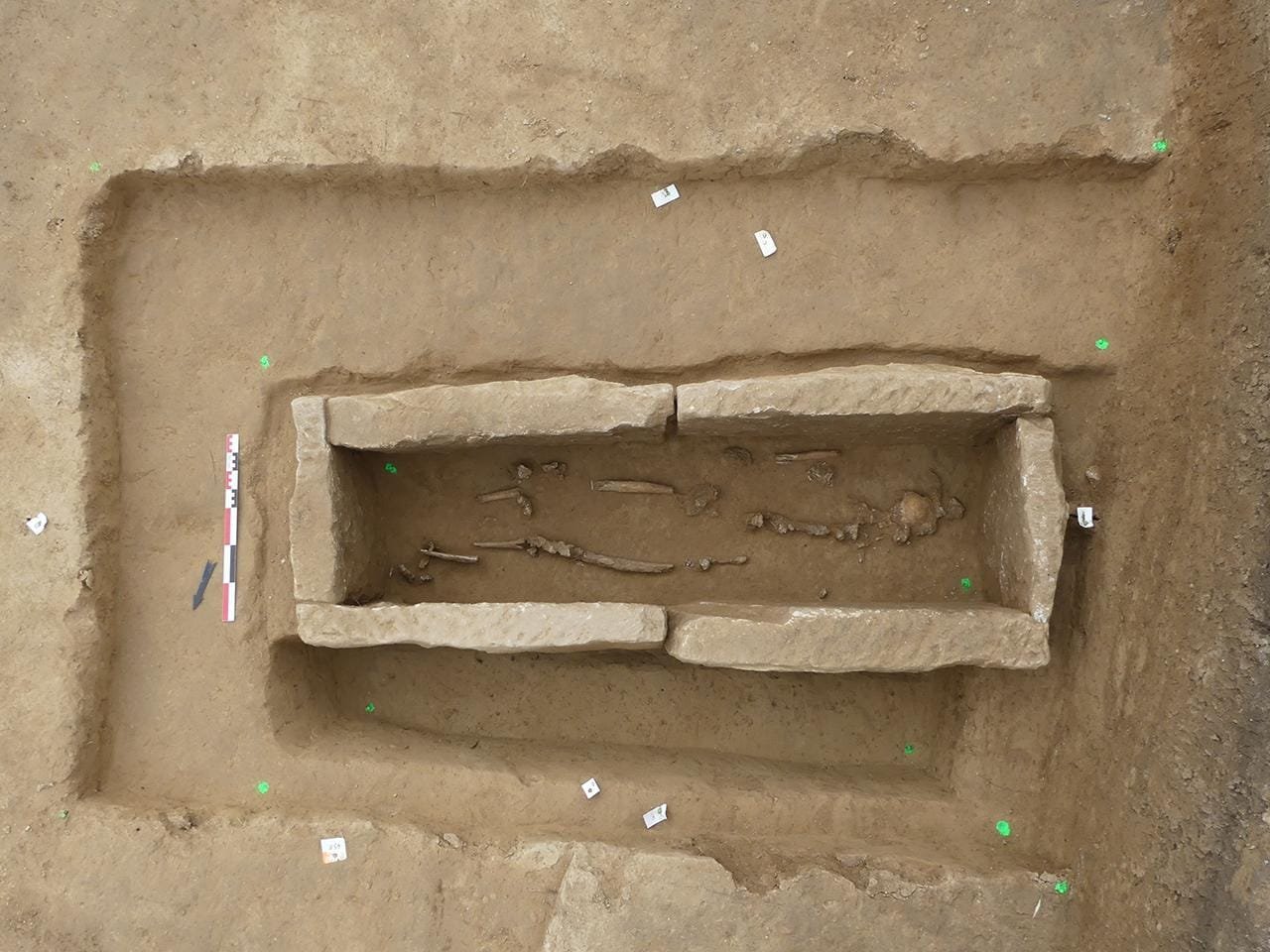
The most recent structures at the site date to the 20th century and are related to agriculture, including rows of vine posts and hop field anchors. These traces, while not as ancient as the earlier finds, offer insight into the region’s modern agricultural landscape, which is poorly documented in historical records.








